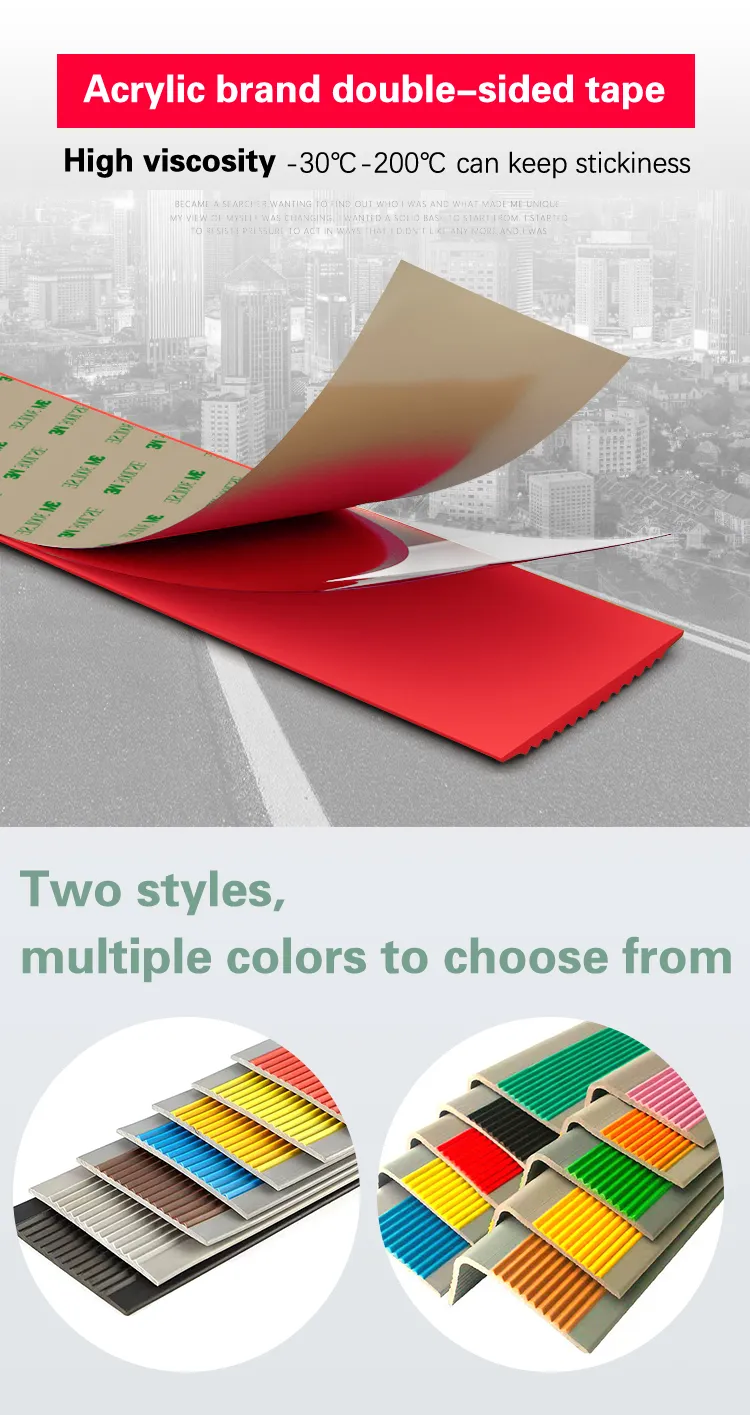Tips for Repairing Oven Door Seal Effectively and Efficiently
How to Fix the Seal on Your Oven Door
An efficient and properly functioning oven is essential in any kitchen, but one of the most overlooked components is the door seal. The seal (or gasket) ensures that heat remains inside the oven, allowing for even cooking and energy efficiency. Over time, these seals can wear out, crack, or become damaged, leading to heat loss and longer cooking times. If you notice that your oven is not heating properly or there are food remnants that are not cooking evenly, it may be time to fix or replace the seal. In this article, we will guide you through the steps to assess and repair the oven door seal effectively.
Step 1 Assess the Condition of the Seal
The first step in fixing the oven door seal is to examine its condition. Open the oven door and closely inspect the gasket around the edges. Look for any visible signs of wear, such as cracks, tears, or a warped shape. A damaged seal can often appear discolored, brittle, or may even have some sections that are beginning to peel away from the metal frame of the oven. Ensure that the seal is also securely attached; if it is loose, this may also be the source of heat loss.
To check if the seal is effectively functioning, you can perform a simple test using a piece of paper. Close the oven door on a piece of paper and try to pull it out. If the paper slides out easily without resistance, the seal may not be tight enough. A good seal should grip the paper firmly, indicating that it is functioning as it should.
Step 2 Clean the Seal
Before making any repairs or replacements, it is essential to clean the seal. Food debris and grease can accumulate over time, which can affect the performance of the gasket. Use a soft cloth or sponge with warm soapy water to gently clean the gasket; avoid using harsh chemicals or abrasive materials that could damage it. After cleaning, dry the seal thoroughly to ensure no moisture is left, as this can contribute to deterioration.
Step 3 Repair or Replace the Seal
If you find that the seal is only slightly damaged, you may be able to repair it instead of replacing it. Small tears can often be fixed with high-temperature silicone adhesive, which can withstand the heat of the oven. Apply the adhesive carefully to the damaged area, ensuring a snug fit. Allow it sufficient time to cure according to the manufacturer's instructions.
how to fix seal on oven door

However, if the damage is extensive or the seal is warped, it's advisable to replace it entirely. Most oven door seals are easy to replace and can be found at appliance repair shops or online. Before purchasing a new seal, consult your oven's manual for the correct part number to ensure compatibility.
Step 4 Install the New Seal
Once you have a replacement seal, the installation process is usually straightforward. Start by removing the old gasket. This can often be done by pulling it away from the groove around the oven door. If it is stuck, you may need to use a putty knife to gently pry it off. Clean any residue left behind to provide a smooth surface for the new seal.
Take the new gasket and align it with the groove around the oven door. Depending on the design, the gasket may fit snugly or require some slight manipulation to ensure it sits evenly. Press it firmly into place, ensuring it wraps around corners smoothly without any twists or gaps.
Step 5 Test the Oven Door
After installing the new seal, close the oven door and perform the paper test again to ensure a tight fit. If you notice any significant gaps or if the seal appears to be misaligned, you may need to make adjustments. Once satisfied, turn on the oven and monitor it during its first use. Check for any heat escaping around the edges, and make sure the oven is operating efficiently.
Conclusion
Fixing the seal on your oven door is an essential step in maintaining your appliance’s efficiency and performance. Regular checks on the condition of the gasket can save you time and energy in the long run. By following the steps outlined above, you can ensure your oven remains in optimal condition, promoting better cooking results and reducing energy consumption. Don’t hesitate to reach out to a professional if you encounter any problems or if you’re unsure about performing the repair yourself. Happy cooking!
-
Under Door Draught Stopper: Essential ProtectionNewsJul.31,2025
-
Garage Door Seal and Weatherstrips for ProtectionNewsJul.31,2025
-
Edge Banding Tape for Perfect EdgesNewsJul.31,2025
-
Table Corner Guards and Wall Corner ProtectorsNewsJul.31,2025
-
Stair Nose Edging Trim and Tile Stair SolutionsNewsJul.31,2025
-
Truck Bed Rubber Mats for Pickup BedsNewsJul.31,2025
-
Window Weather Stripping for Noise ReductionNewsJul.29,2025